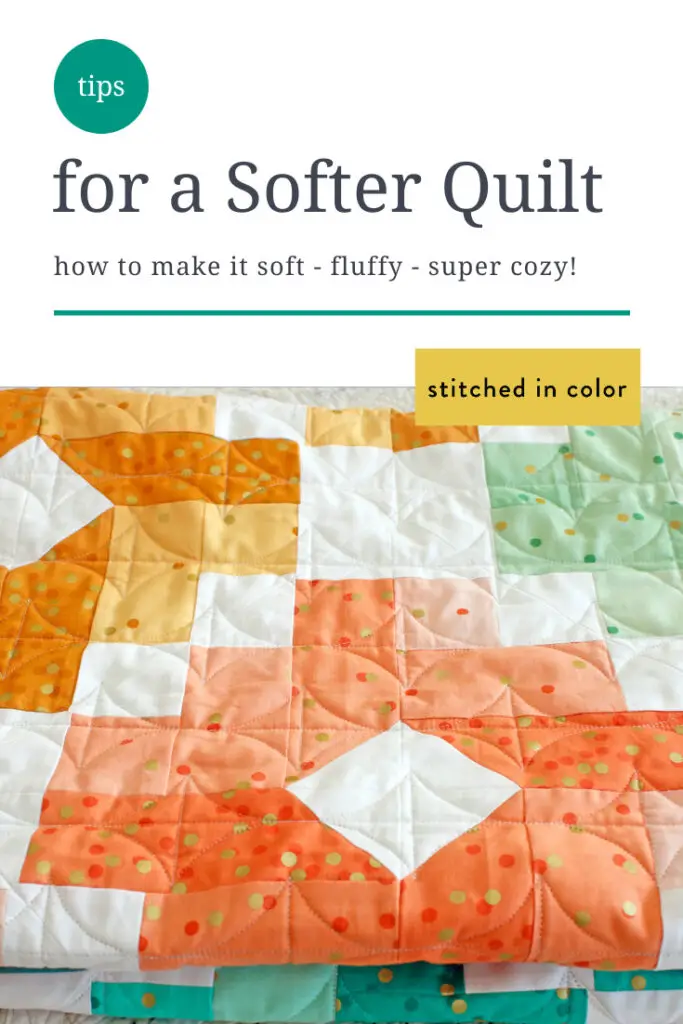Are you looking to learn how to quilt fabric and create beautiful quilted projects? If so, this step-by-step guide is perfect for you! This article will provide you with a comprehensive overview of the entire quilting process, from selecting the right fabric to cutting and piecing quilt blocks. You’ll also learn helpful tips and tricks to ensure your projects turn out looking amazing. So, get ready to learn how to quilt fabric and create stunning quilted projects!
Materials Needed
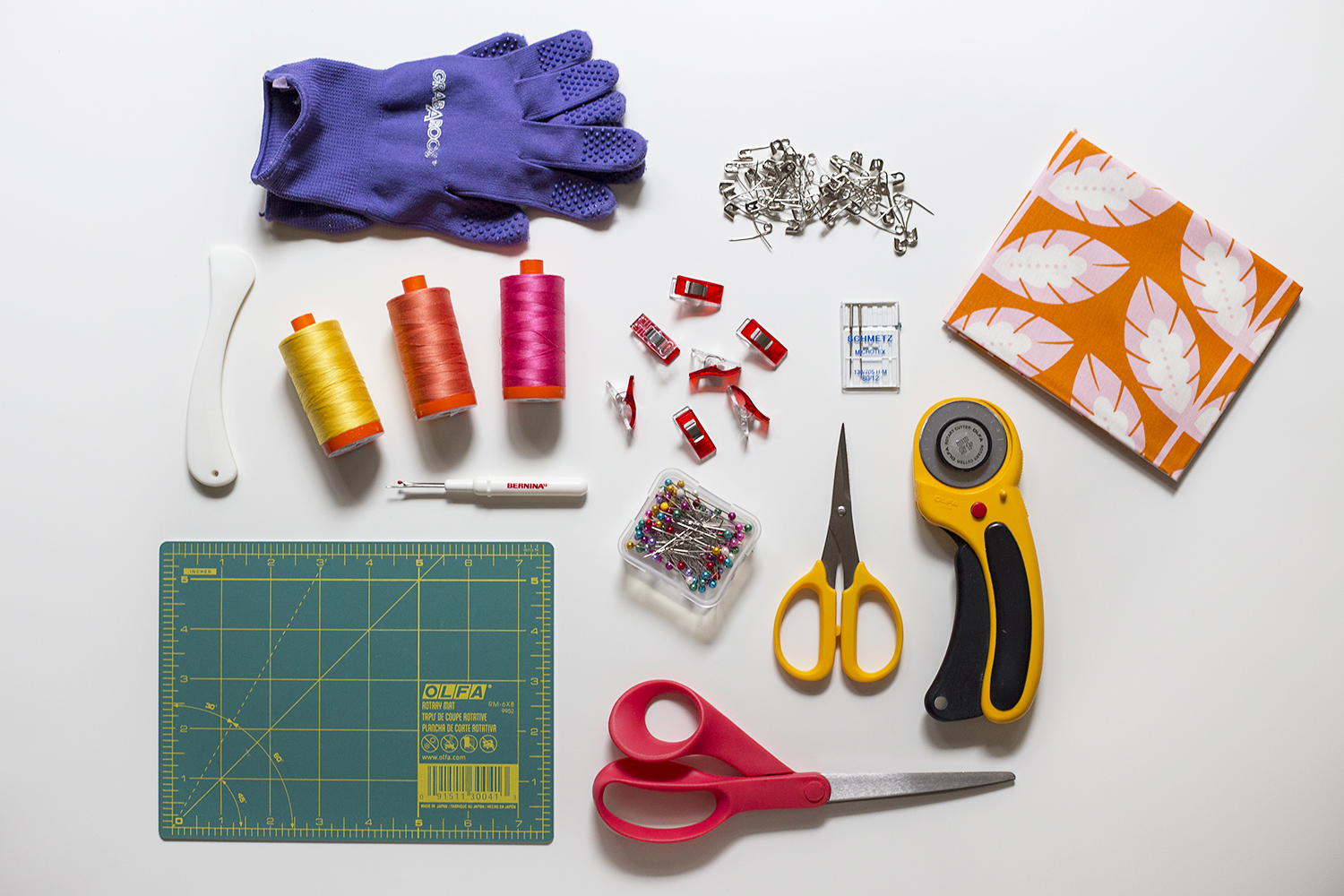
- Fabric – Choose a quilting fabric of your choice. Washed and ironed fabric should be used.
- Quilt batting – Choose a batting of your choice. Polyester batting is suitable for quilts that need to be washed frequently.
- Thread – Use a quilting thread suitable for the fabric used.
- Sewing machine – A sewing machine is necessary to quilt fabric.
- Rotary cutter – A rotary cutter is needed to cut the fabric accurately.
- Scissors – Regular scissors for cutting threads.
- Quilting ruler – A quilting ruler is needed to measure and cut fabric accurately.
- Marking tools – Marking tools should be used to mark quilt blocks and quilt lines.
Before you start quilting fabric, make sure that you have all the necessary materials.
Getting Started: Choosing Fabric
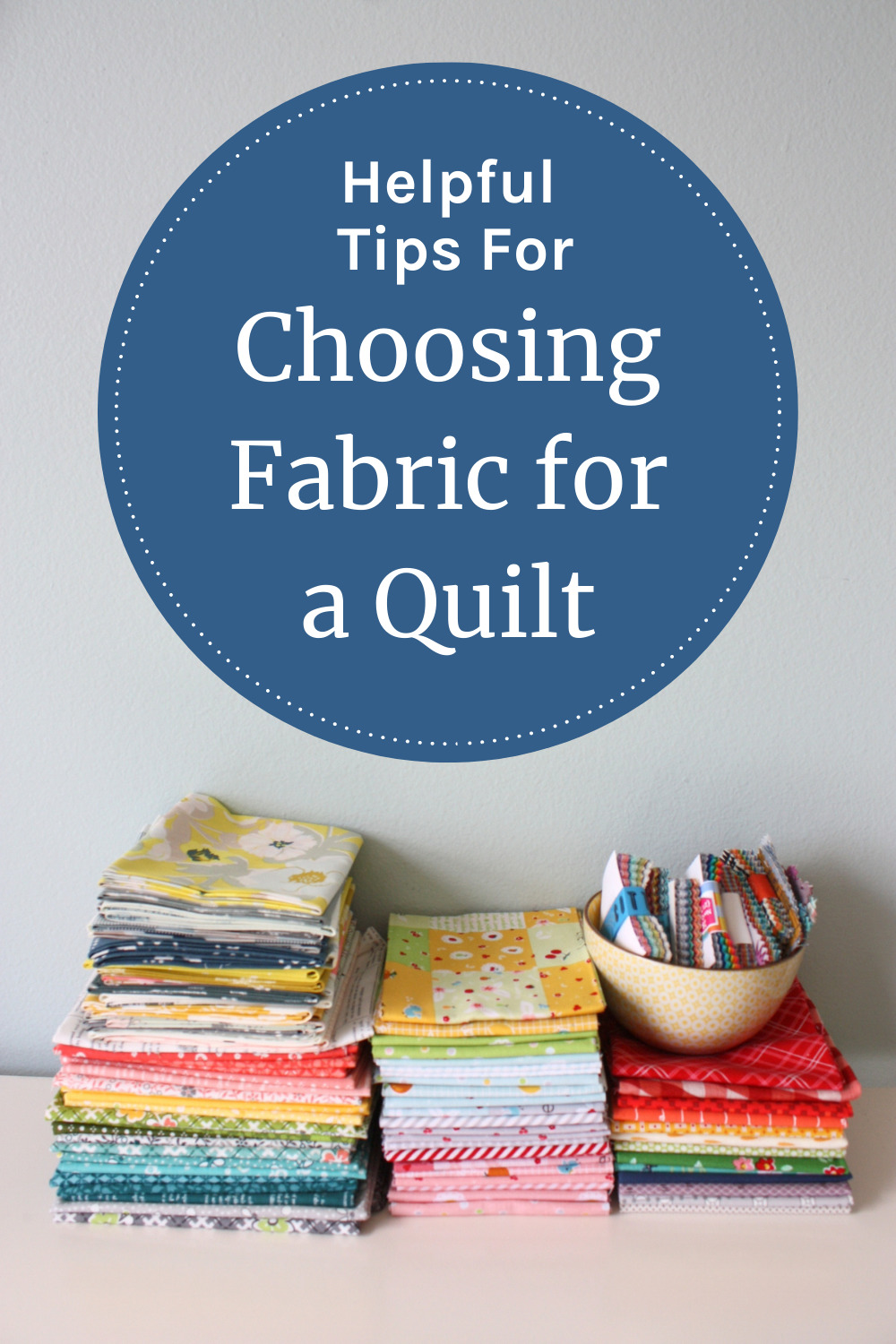
When learning how to quilt your own fabric, one of the most important decisions is choosing the right fabric. There is a wide variety of fabric available, so it’s important to consider the weight, texture, color, and pattern of the fabric when selecting it for quilting.
Weight is one of the most important factors when it comes to choosing fabric for quilting. Generally, quilter’s cotton is the best choice as it is lightweight and easy to work with. Quilter’s cotton is also available in a wide variety of colors and patterns, so it is easy to find a fabric that meets your needs.
Texture is also an important factor in fabric selection. Quilting fabric should be smooth and soft, with a slight drape. It is important to choose a fabric that will be comfortable to quilt with and will not be too stiff or bulky.
Color and pattern are also important considerations when choosing fabric for quilting. Generally, it is best to choose a fabric that is a solid color, as this will make it easier to piece together the quilt. However, there are also a wide variety of prints and patterns available, so it is possible to choose a fabric that is both attractive and easy to work with.
When choosing fabric for quilting, it is important to consider the weight, texture, color, and pattern of the fabric. By taking these factors into consideration, it is possible to find the perfect fabric for your quilting project.
Cutting the Fabric
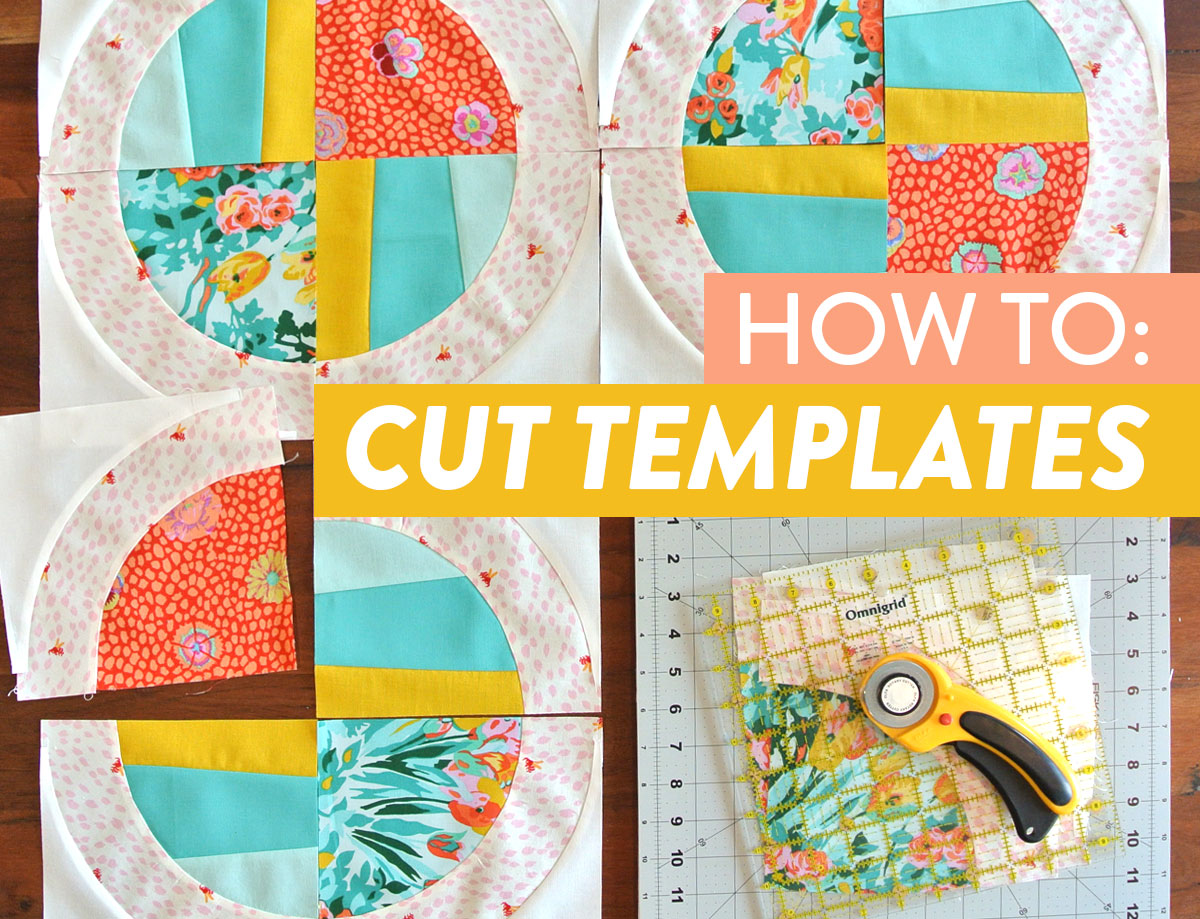
- Gather Supplies: Before you start cutting the fabric, make sure you have all the required materials and tools ready. This includes fabric, a rotary cutter, a cutting mat, and quilting rulers.
- Prepare the Fabric: Wash and dry the fabric before cutting to remove any starch or sizing and to reduce shrinkage.
- Cutting the Fabric: Place the fabric on the cutting mat and use the quilting rulers to measure and mark the fabric as per the quilt pattern. Then, use the rotary cutter to cut the fabric in the desired sizes.
- Organize the Pieces: Label the cut pieces and organize them according to the quilt pattern. This will make it easier to assemble when you start quilting fabric on a sewing machine.
Piecing the Quilt Top
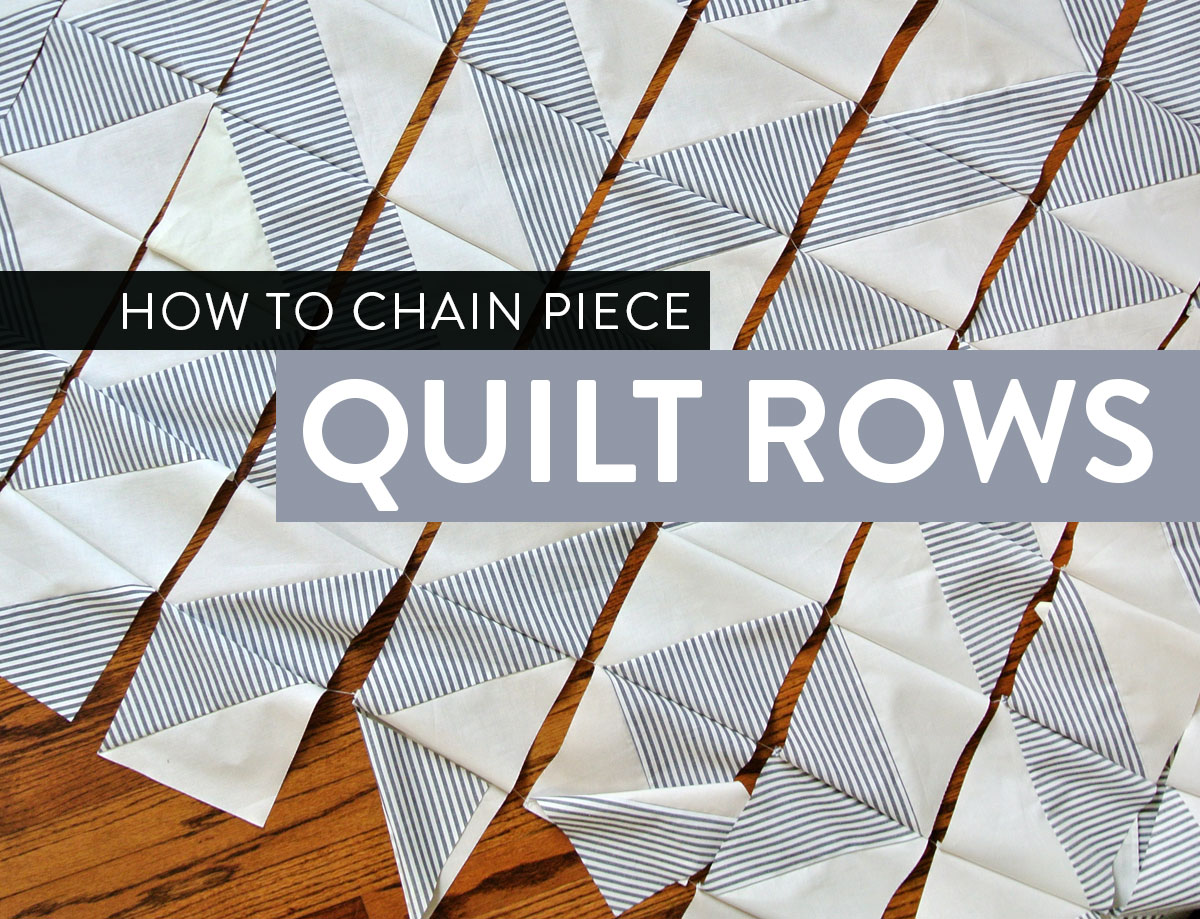
- Cutting the Fabric – Before piecing a quilt top, it is important to cut the fabric so that all the pieces are the same size and shape. This can be done by hand or with a rotary cutter. When cutting, make sure to leave a small seam allowance, so pieces fit together properly.
- Layout and Arrangement – Once the pieces are cut, the quilter can begin arranging them in the desired pattern. This is a great opportunity to experiment with colors, patterns and textures. It is also possible to move around pieces to create different shapes and patterns.
- Joining the Pieces – Joining the pieces of fabric is the next step in piecing the quilt top. This can be done by hand or with a sewing machine, depending on the skill level of the quilter. When joining, use a ¼ inch seam allowance and make sure to press the seams open.
- Basting the Quilt Top – Once the pieces are joined together, the quilt top must be basted. This can be done with safety pins, or with a spray adhesive. Basting helps to keep the quilt top in place while quilting.
Piecing the quilt top is the first step in how to quilt a plain piece of material. It requires precision and patience, but is a rewarding experience once the quilt top is complete. With a few simple steps, a quilter can create a beautiful quilt top that will last for years.
Adding the Batting and Backing
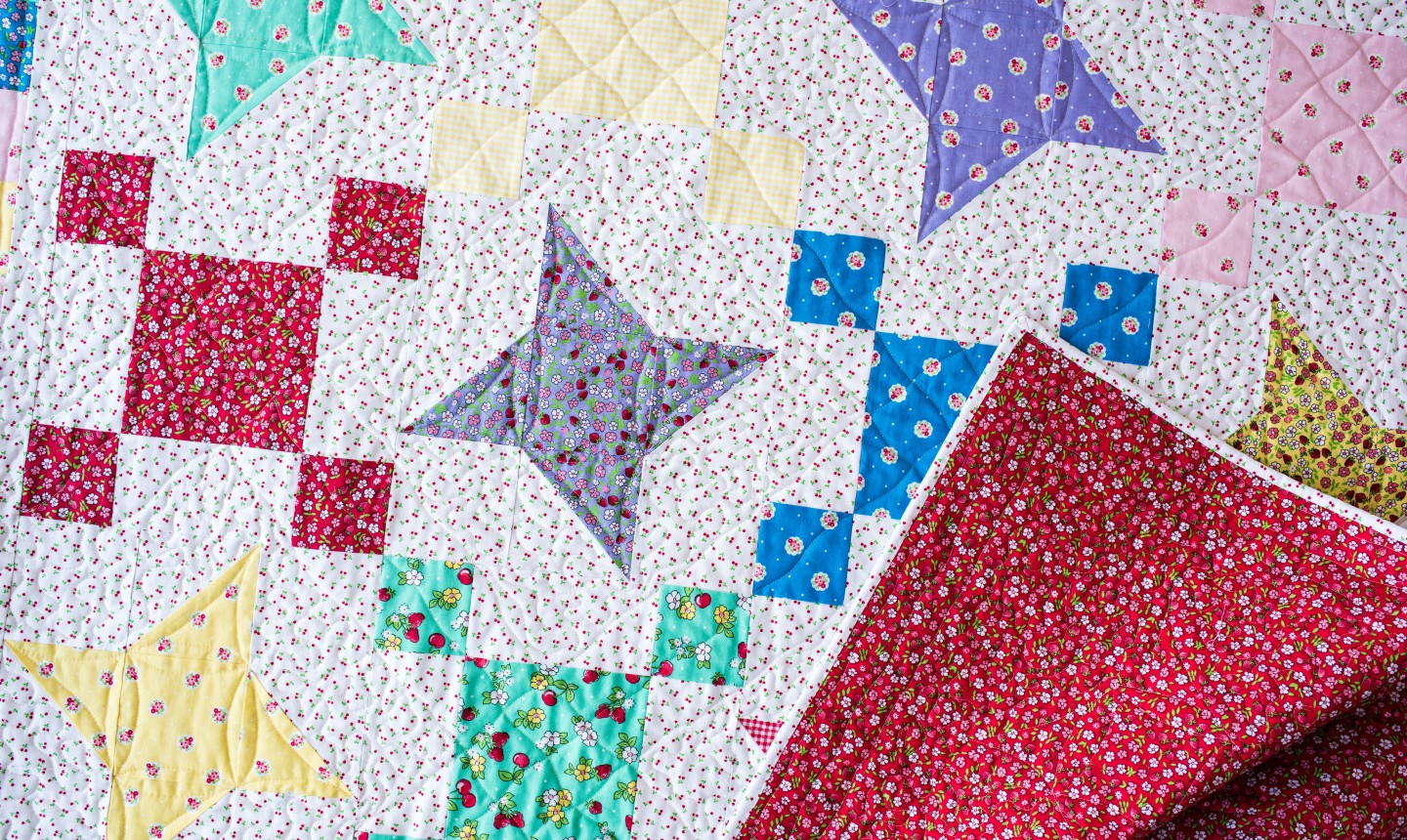
| Step | Description |
|---|---|
| 1 | Cut the batting and backing pieces to the same size as the top fabric. |
| 2 | Layer the pieces together with the batting in the middle and the backing fabric on the bottom. |
| 3 | Baste the pieces together by hand or use a longarm quilting machine. If using a machine, use a walking foot for even basting. |
| 4 | If basting by hand, use safety pins to secure the layers together. |
Once the batting and backing fabric have been cut and basted together, the layers are ready to be quilted together.
Basting the Quilt
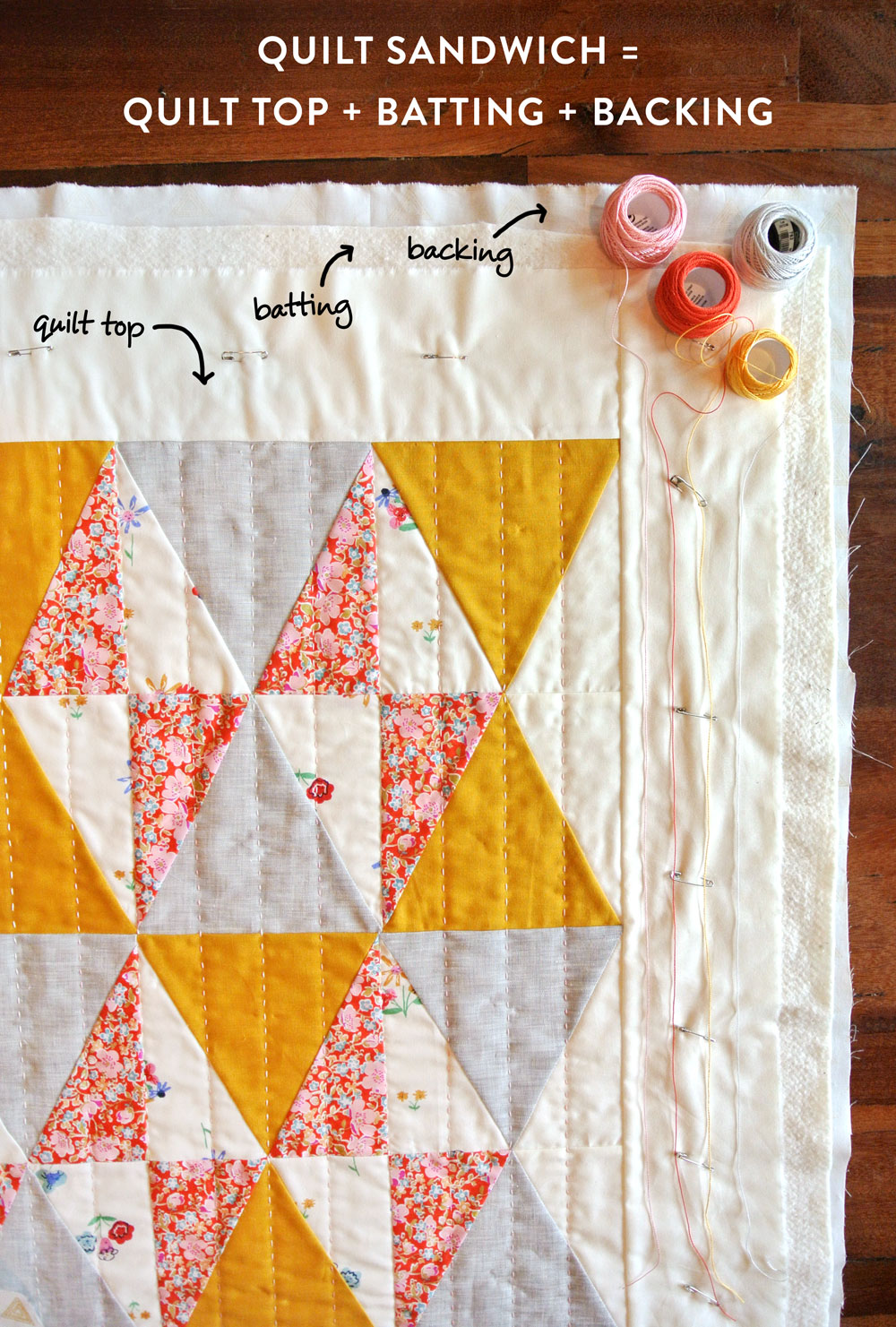
- Lay the backing fabric on a flat surface, wrong side up. Smooth the fabric so there are no wrinkles or puckers.
- Lay the batting on top of the backing fabric, smoothing it out.
- Lay the quilt top on top of the batting, right side up. Smooth the quilt top, making sure the seams are lined up and that there are no wrinkles or puckers.
- Pin the layers together using safety pins. Start in the middle and work your way out to the edges, using pins every 5-6 inches.
- Stitch the layers together using a long running stitch. Start in the middle and work your way out to the edges, stitching a line every 5-6 inches. Make sure to secure your stitches at the beginning and end.
Once all the layers are secured together, your quilt is ready for quilting!
Quilting the Quilt
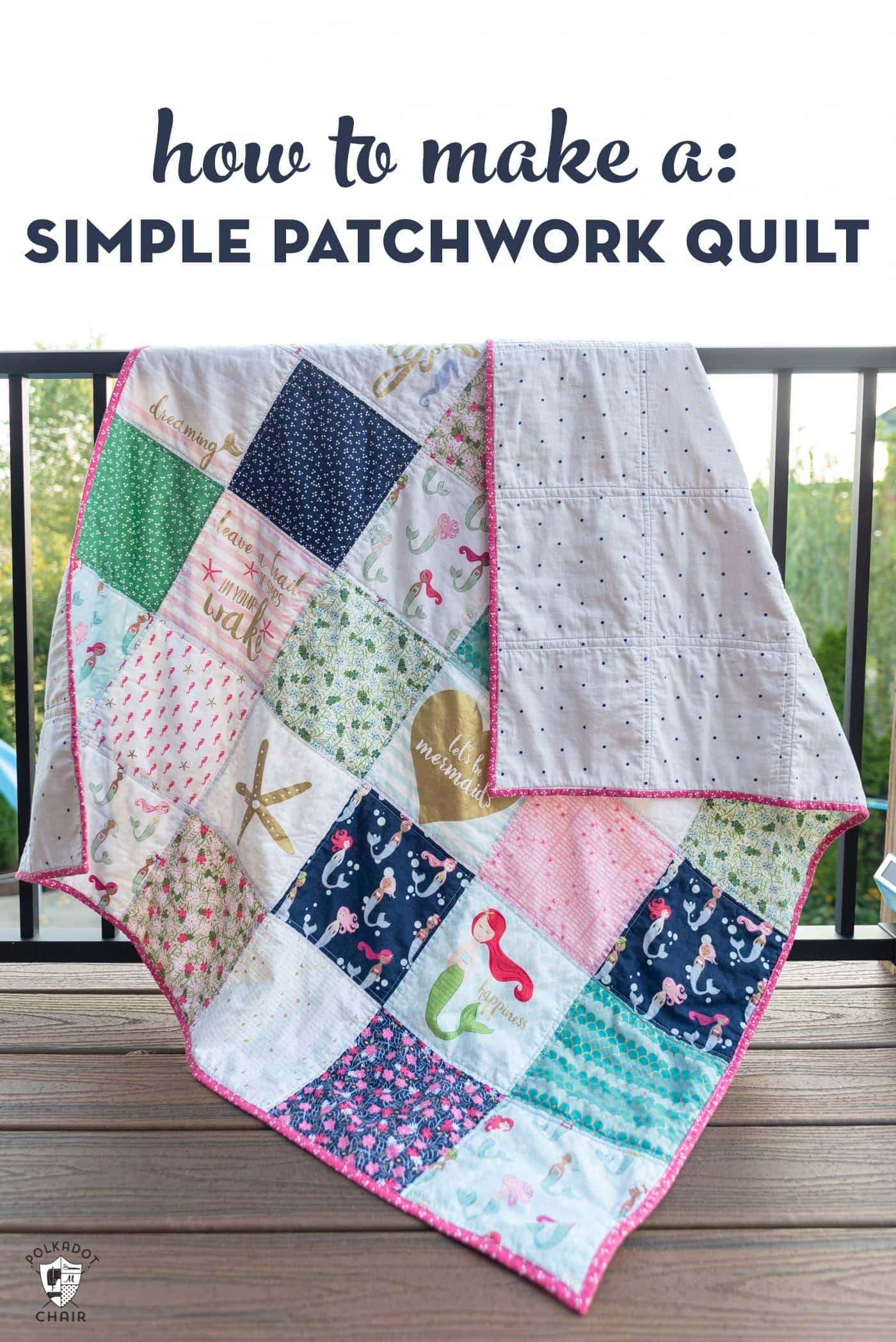
- Choose a pattern: Quilting patterns are endless, so it’s important to choose a pattern that best suits the quilt. Consider the size of the quilt, the type of fabric used, and the overall design.
- Prepare the quilt top: Before beginning to quilt, the quilt top needs to be prepared. This involves pressing the seams, creating a quilting plan, and basting the quilt top.
- Select batting and backing: Select a batting and backing fabric that is compatible with the quilt top. Make sure the batting is of a thickness that is suitable for the quilt.
- Layer the quilt: Once the batting and backing fabric have been selected, sandwich the quilt top between them. This is done by placing the backing fabric flat on the surface, laying the batting on top, and then the quilt top. Pin the layers together to keep them from slipping.
- Quilt the quilt: Begin quilting the quilt by stitching along the quilting plan. Use a walking foot to keep the layers from shifting. When finished quilting, trim the batting and backing fabric to the size of the quilt top.
- Bind the quilt: To finish the quilt, the edges will need to be bound. This is done by attaching a binding strip to the edges of the quilt top and hand-stitching it in place.
Finishing the Quilt
- Binding – Binding is the process of hand-stitching the quilt layers together along the edge. This is traditionally done with a whipstitch, but other methods such as blanket stitch, buttonhole stitch, and zig-zag stitch can also be used.
- Quilting – Quilting is the process of stitching the quilt layers together to form a unified fabric. This can be done by hand or machine and is usually done with a quilting foot.
- Backing – The backing is the fabric that will be on the underside of the quilt. It should be cut slightly larger than the quilt top and can be stitched to the quilt with a straight stitch.
- Layering – Layering is the process of putting the quilt top, batting, and backing together. This should be done carefully to ensure that the layers are even.
- Basting – Basting is the process of stitching the layers together temporarily. This can be done with safety pins or with a long running stitch.
- Finishing – After the quilt is basted, you can finish it by hand-stitching the edges. This can be done with a whipstitch, blanket stitch, buttonhole stitch, or zig-zag stitch.
Finishing the quilt is one of the most exciting parts of how to quilt fabric. It is the process of hand-stitching the quilt layers together along the edge, quilting the layers together to form a unified fabric, layering the quilt top, batting, and backing, and basting the layers together temporarily. Once all these steps are complete, you can finish the quilt by hand-stitching the edges. This can be done with a whipstitch, blanket stitch, buttonhole stitch, or zig-zag stitch. With just a few simple steps, you can create a beautiful quilt that you can be proud of.
Frequently Asked Questions
What type of fabric is best for quilting?
Cotton is the most popular and widely used fabric for quilting. It is lightweight and breathable, allowing for intricate and detailed stitching. Additionally, cotton is easy to press, making it ideal for precision piecing. Blended fabrics like cotton-polyester and cotton-linen are also great for quilting, providing greater stability than 100% cotton. For softer quilt tops, try using flannel. Wool is also a popular quilting fabric for its warmth and durability. For more complex projects, quilters often use specialty fabrics like velvet, silk and faux fur.
What tools are needed for quilting?
- Fabric: Quilting fabric, batting, and backing fabric
- Rotary cutter: Used to cut fabric into shapes and strips
- Ruler: Used to measure fabric
- Scissors: Used to trim fabric and threads
- Pins and needles: Used to hold fabric in place while sewing
- Marking tools: Used to mark fabric for cutting and sewing
- Sewing machine: Used to stitch fabric pieces together
- Iron: Used to press seams and fabrics
What is the Best Way to Plan a Quilting Project?
Before beginning any quilting project, it is important to plan out the design, choose the fabrics, and gather all the necessary materials. To ensure the best results, a quilter should determine the size of the quilt, select the fabrics and the design elements, and create a plan for completing the project. Additionally, it is beneficial to create a budget for the project and to purchase the fabric and other supplies accordingly. Lastly, a quilter should set aside enough time to complete the project in a timely manner.
What Techniques Should Be Used for Quilting?
- Piecing: This involves cutting fabric into individual pieces and then stitching them together to create a pattern.
- Applique: This involves stitching fabric onto the quilt top to create an image or pattern.
- Hand quilting: This involves stitching the three layers of the quilt together by hand.
- Machine quilting: This involves using a sewing machine to stitch the three layers of the quilt together.
- Embellishing: This involves adding beads, buttons, embroidery, lace and other decorative touches to the quilt.
What Tips Would You Give to a Beginner Quilter?
Start Small: A beginner quilter should start with small projects such as pillowcases, table runners, or wall hangings before attempting a larger quilt.
Read Directions Carefully: Be sure to read the directions for any quilt pattern very carefully before beginning. Taking the time to understand the instructions will save time in the long run.
Get the Right Supplies: Invest in quality tools and supplies. Good rotary cutters, mats, and rulers are essential for precise cutting.
Do a Test Swatch: Before beginning a project, make a test swatch to ensure the fabric and thread will work together to give the desired result.
Take Your Time: Quilting takes time, so don’t rush the process. Slow and steady will result in a finished project that looks great.
Practice Makes Perfect: Be sure to practice quilting techniques such as piecing, appliqué, and quilting stitches to develop skill and confidence.
Seek Help: If needed, don’t hesitate to reach out to a quilting mentor or join an online quilting community for advice and encouragement.
Conclusion
Quilting fabric is a great way to create beautiful projects with a personal touch. With a few simple steps, you can turn a piece of fabric into a quilted masterpiece. Whether you are a beginner or experienced quilter, following the steps in this guide will help you create stunning quilted projects.
